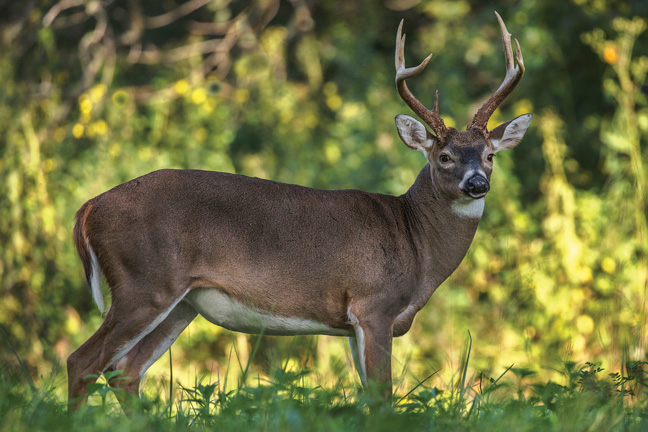It happened one fall day back in the 1980s, just as we were starting to make progress in getting folks to manage deer on private lands.

Here in East Texas, among our “first adopters” of progressive management were the many timber companies that leased out their land for deer hunting. And so, as I was refueling my truck in Alto, Texas, I bumped into the regional forester of the second-largest company in Texas, along with his wife. Both were decked out in hunting gear.
“You’re really going to be proud of us,” my friend said as they pulled up in their truck. “We both killed perfect cull bucks this morning!”
I asked where the bucks were and was informed they’d been taken to a deer processor only a few blocks away. Naturally, I wanted to see these terrible offenders of good deer genetics, so I jumped into my truck and followed the couple to the locker plant.
When we got there, the cooler door swung open to reveal the bodies of two bucks lying side by side on the floor. One was a spike, the other an 11-pointer: both yearlings sporting their first racks. I congratulated the two hunters on their kills and went to my truck — where I mentally threw up!
Selling Management Concepts
Since those early days of private-land management, we’ve made a great deal of progress in many areas. Of particular significance has been the increased protection of young bucks.
In the early 1990s, North American Whitetail’s financial support of a landmark study on antler restrictions in Dooly County, Georgia, was instrumental in bringing some folks around to the idea of protecting yearlings. Making bucks with an outside spread of under 14 inches off limits resulted in nearly all yearlings being protected. It also protected many 2 1/2-year-olds. Over time, the rule increased the number of older bucks. In the quarter-century since, modified forms of this strategy have found their way into use across much of North America.
The percentage of yearling bucks in the continent’s overall harvest is now far lower than it was even a decade ago. However, the one area in which we’ve made little progress has been in changing the perceptions of hunters and managers about genetics and culling. Let’s look at what scientific research has revealed on that topic.
First of all, the verb “cull” means to remove unwanted individuals from the population. This includes both bucks and does. Shooting the right number of does to control herd growth is the most important part of culling the herd. In fact, it’s the single most effective herd-management tool we have, provided it’s used properly.
On the other hand, culling bucks perceived to be genetically inferior isn’t nearly as important. Unfortunately, many hunters use the idea of improving herd genetics as an excuse to kill specific bucks that otherwise didn’t qualify for harvest under a given…





